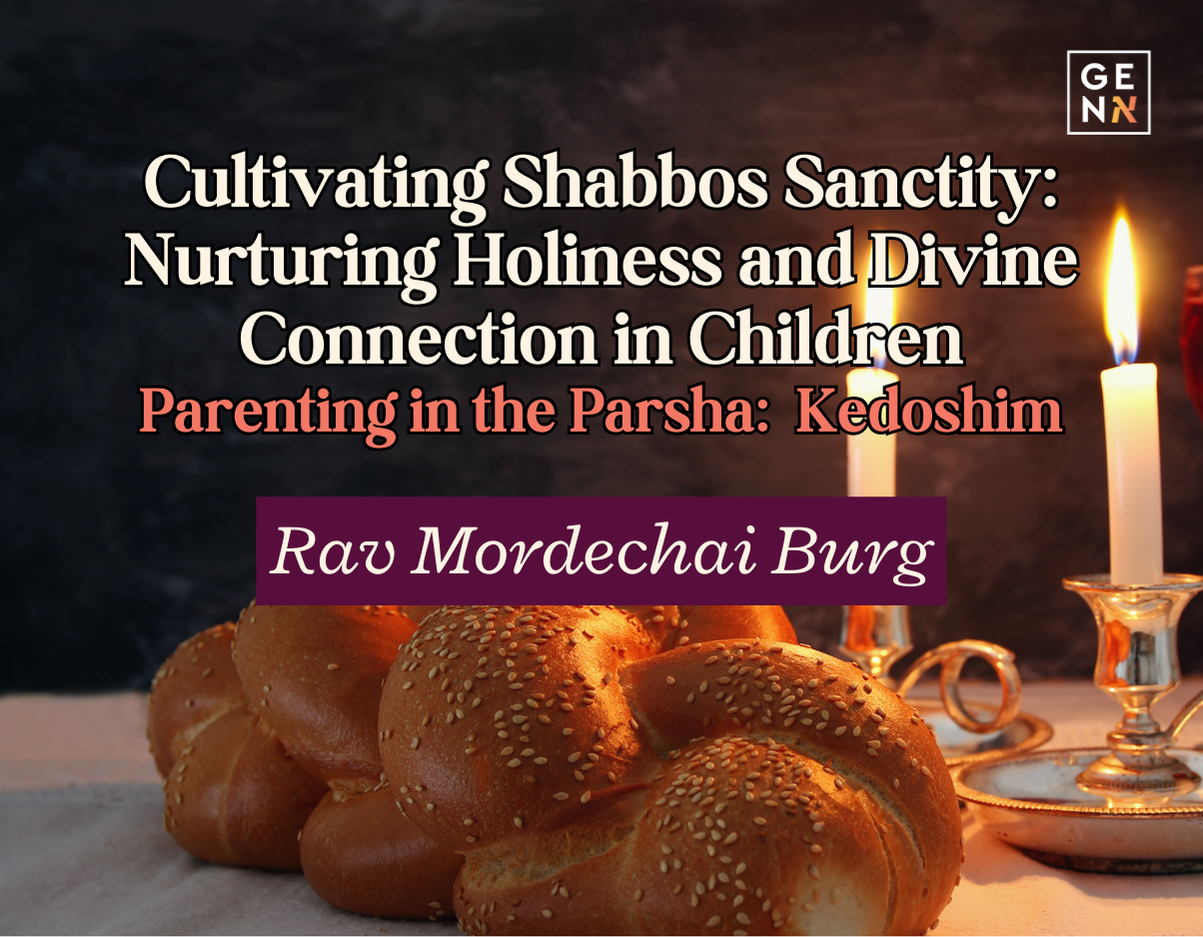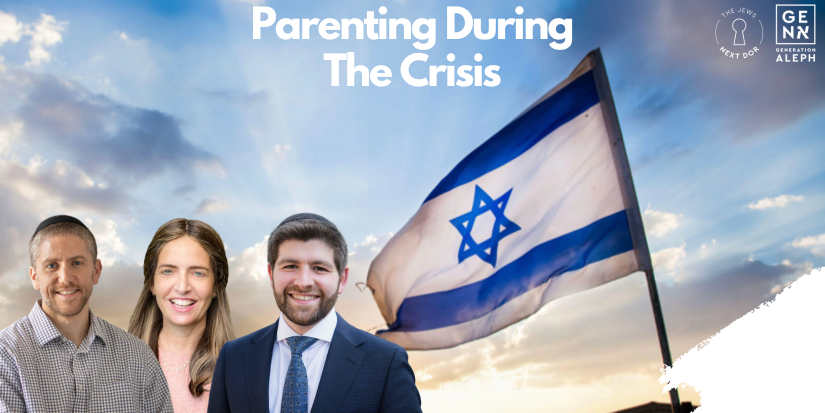Chazal (Megillah 2a) teach us that the Megillah can be read on the 11th through the 15th of Adar. What is the source for this Halacha? The Megillah itself explicitly tells us that the 14th and 15th of Adar are appropriate days for fulfilling the Mitzvah of Purim and the 11th and 12th are included in the word בִּזְמַנֵּיהֶם – in their times (Esther 9:31) – which indicates that multiple days were enacted for the reading of the Megillah. And how do we know that the Megillah can be read on the 13th? The Gemara answers, שְׁלֹשָׁה עָשָׂר זְמַן קְהִילָּה לַכֹּל הִיא, the 13th is a time of assembly for all. The nature of this assembly is subject to dispute among the Rishonim. Rashi explains it to mean that the 13th was the day that Klal Yisrael gathered to fight their enemies. Since the main miracle of Purim occurred on the 13th, no scriptural source is needed to include the 13th as a day where Megillah reading is allowed. The Rosh (1:1) quoting the Rabbeinu Tam offers an alternative explanation. In contrast to Rashi who sees the gathering as historical in nature, the Rabbeinu Tam argues that the 13th is Taanis Esther and is therefore appropriate for the reading of the Megillah. To the Rabbeinu Tam, the allowance for reading of the Megillah on the 13th is a function not of our historical gathering but our present day Taanis. However, while Rashi explained that the main miracle occurred on the 13th thus eliminating our need for a scriptural source, we are left wondering why Taanis Esther justifies the reading of the Megillah.
There is a striking difference between when Taanis Esther and Tisha B’Av fall out on Shabbos. With regards to the former, as is the case this year, we move the fast forward to Thursday (so as not to interfere with Shabbos) and with the latter we delay the fast until Sunday. Why the distinction? The Sheiltos (Vayakhel 20) explains that Tisha B’Av commemorates our downfall and therefore given the option we postpone the fast (מאחרין בפורענות ואין מקדימין – punishments are postponed and not advanced – Soferim 17:3). In contrast, Taanis Esther commemorates the miracles of Purim and given the option we do not delay their commemoration. In other words, Taanis Esther is fundamentally different from all other fast days in that it is not tragic in nature. A similar theme is found with regards to the discussion as to how we are even allowed to fast on the 13th of Adar to begin with. No fast day on the 13th is explicitly mentioned in the Megillah, nor do we find any mention of it in the writings of the Tannaim or the Amoraim. In fact, the Ravaad (quoted by the Ran in Taanis 7a in the Rif) questions the permissibility of such a fast since it conflicts with Yom Nikanor. On the 13th of Adar in 161 B.C.E Yehuda Maccabee defeated the Syrian military commander Nikanor, leading to the establishment of a holiday recorded in Megillas Taanis. As we are prohibited from fasting on Yomim Tovim recorded in Megillas Taanis one wonders why we fast on Taanis Esther. (The Ravaad does note that since the destruction of the Beis HaMikdash we do not celebrate the Yomim Tovim recorded in Megillas Taanis however he maintains that it would still be Assur to establish a fast day on any of the days recorded in Megillas Taanis.) The Ravaad answers with the same distinction cited above. Taanis Esther is fundamentally of a different character than other fast days since it does not commemorate a day of suffering but rather the miracles that occurred on Purim. As such, although the 13th of Adar is Yom Nikanor, a fast day of this nature is not prohibited since it does not fundamentally interfere with the Yom Tov.
With this idea in mind, we can readily understand why according to the Rabbeinu Tam the fact that Taanis Esther is on the 13th justifies reading the Megillah on the 13th. Taanis Esther was already a day that was established to commemorate the miracles of Purim and therefore it is thematically appropriate to allow for the reading of the Megillah which highlights the miraculous nature of Purim.
However, if we are being intellectually honest, it seems that there are some opinions that would not subscribe to the notion of Taanis Esther being a day in which we express joy over the miracles that occurred on Purim. The Medrash Tanchuma (Bereishis 3) teaches:
ומאי יום הכניסה יום הקהל’, דאמר מר שלשה עשר יום קהלה לכל היא דכתיב ובשנים עשר חדש הוא חדש אדר בשלשה עשר יום בו וגו’ נקהלו היהודים בעריהם וגו’ נקהלו וגזרו תענית בשלשה עשר באדר…זה ששנינו מגילה נקראת וכו’, ליושב בתענית שאסור לישב בתענית בשבת שאם חל י”ד להיות באחד בשבת אסור להתענות בשבת ובערב שבת נמי אסור מפני טורח שבת אלא מקדימין ומתענין בחמישי שהוא אחד עשר באדר ואם חל ארבעה עשר בשבת אסור להתענות בע”ש מפני טורח שבת שעיקר תענית סליחות ורחמים הוא, ואתי לאימנועי מכבוד שבת, וכבוד שבת עדיף מאלף תעניות, דכבוד שבת דאורייתא ותענית דרבנן ואתי כבוד שבת דאורייתא ודחי תענית דרבנן
The day of gathering, as it is stated (in the Talmud): The thirteenth was a day of gathering for all, as it is written (Esther 9:1–2): “In the 12th month, the month of Adar, on its thirteenth day … the Jews gathered themselves in their cities.” They gathered themselves and decreed a fast on the 13th of Adar…When the Mishnah taught that “the Megillah may be read (on the 11th, 12th, 13th … )” that concerned one who is engaged in fasting, because it is forbidden to engage in fasting on Shabbat. [For example,] If the 14th falls on the first day of the week, it is forbidden to fast on Shabbat. It is also forbidden to fast on Erev Shabbat, because of the necessity of preparing for Shabbat. Rather, the fast is advanced to Thursday, which is the 11th of Adar. If the 14th falls on Shabbat, it is forbidden to fast on Erev Shabbat because of the necessity of preparing for Shabbat. The primary reason for a fast day is the recital of selihot and requesting mercy, and reciting these (instead of preparing for Shabbat) will detract from honoring the Shabbat. Honoring the shabbat is more important than a thousand fasts, for honoring the Shabbat is a commandment from the Torah, while the fast is a rabbinic decree. The Torah commandment of honoring the Shabbat takes precedence over the fast, a rabbinic decree.
Like the Rabbeinu Tam, the Medrash sees the זְמַן קְהִילָּה of the 13th as referring to Taanis Esther however the Medrash is clear that Taanis Esther is a day of reciting Selichos and asking for Rachamim from Hashem. What then is the link between reciting the Megillah on the 13th and Taanis Esther? (We would likewise be bothered by the aforementioned questions as to why are we are allowed to fast on the 13th when it conflicts with Yom Nikanor and why we move the fast forward to Thursday when the 14th falls out on Sunday)
The Rambam (conclusion to the Minyan HaMitzvos HaKatzuv in the Yad HaChazaka) who writes “And they commanded to read the Megillah at its time, to mention the praise of the Lord and the salvations He sent us, and that He was close to us [in being attentive to us] when we cried out… and in order to reiterate for all future generations the truth of what He promised us in the Torah (Deuteronomy 4:7), ‘For which [other] nation has a god close to it as our God [who is close to us] whenever we call out to Him?!’” In other words, Krias HaMegillah highlights the unique nature of our relationship with Hashem. In the face of adversity we cry out to Hashem and He responds to our cries. Perhaps we can suggest that Taanis Esther has a dual nature. It is at once a day where we recite Selichos and beg for Hashem’s mercy but it is done in the context of the salvation of Purim and therefore has an element of Simcha. With this in mind we can understand the connection between the זְמַן קְהִילָּה of Taanis Esther and the ability to recite the Megillah on the 13th. The Megillah commemorates the fact that Hashem responded to our cries, the very tears that we shed on Taanis Esther! Additionally, it is now readily understood that Taanis Esther, which does have an element of joy, does not stand in contradiction to Yom Nikanor and is therefore, like the Raavad suggested, a day in which fasting is appropriate. Similarly, we can understand why when Taanis Esther falls out on Shabbos we move it to the previous Thursday so that we do not delay the celebration of the miraculous nature of Purim as the Sheiltos suggested.
This Purim we are called upon to strike a sensitive balance. On the one hand we must celebrate Purim as Yimei Mishte V’Simcha. On the other hand, how can we laugh when we have brothers and sisters who remain in captivity? How can we dance in the streets when families are home grieving over their murdered loved ones? How can we celebrate when there are Chayalim who must remain at all times vigilant as they protect our country? While I am certainly not someone who has the shoulders to answer such questions, I believe that this Taanis Esther gives us the opportunity to educate our children and our community as to the Hashkafa that we ought to have this Purim. The 13th is a זְמַן קְהִילָּה לַכֹּל, a day of gathering for all. According to Rashi, just as we did once upon a time, we are gathered together to fight for the soul of our nation. According to the Rabbeinu Tam, we will gather as we always have, to celebrate the miraculous nature of our victories over our enemies. According to the Medrash, we will gather together to cry out and beg for mercy from Hashem, knowing that in the end our ultimate salvation is assured as Hashem responds to our Tefillos. According to all three opinions, there is one commonality: whatever we are called upon to do we must do it together. We cannot win this war if we are divided. We cannot call out to Hashem and ask for salvation if we are fractured. We cannot celebrate the miracles that occurred for all of us if we are not living in a way that manages to include all of us. A brilliant man once said to me that if someone ever asks you where you draw the line the answer is always “somewhere”. I do not know where exactly we draw the line. I only know that this Purim our “”somewhere” must be a place where we feel the pain of every single Jew. This Taanis Esther, at this critical juncture in history, in the final moments before Mashiach arrives, we are called upon to gather together as a Kehilla. Only then will we merit to experience the ultimate redemption of Purim.
Submit your questions
"*" indicates required fields











